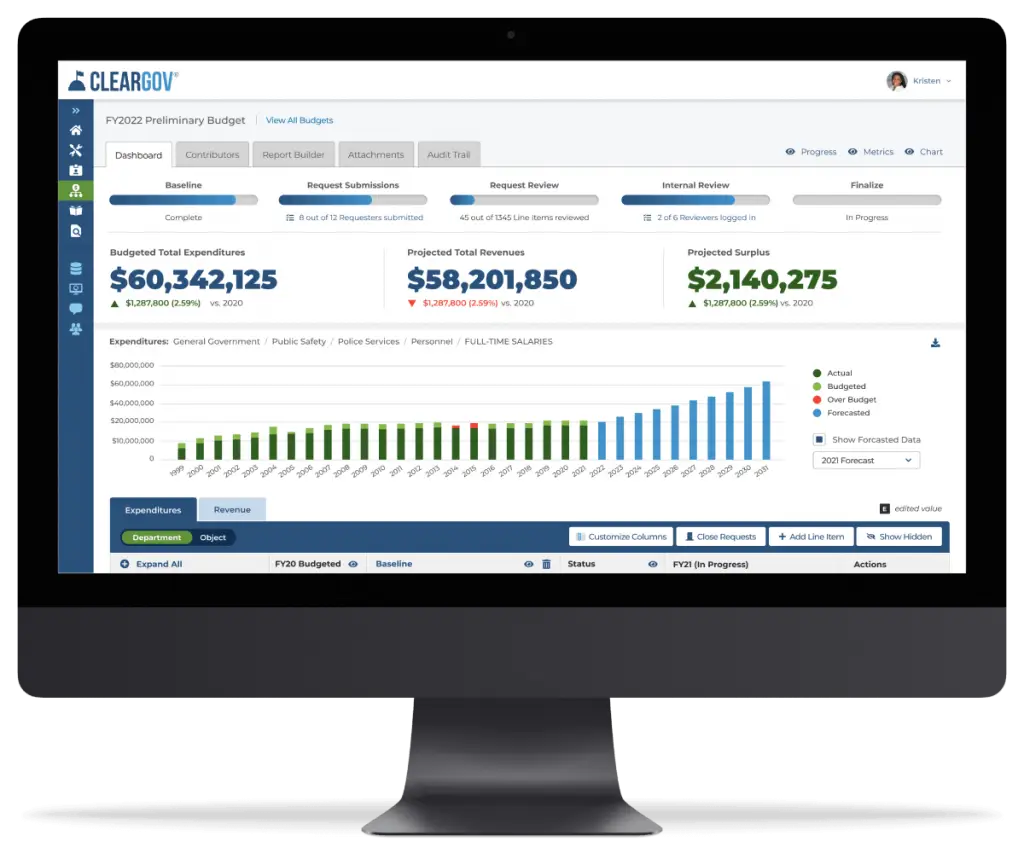What the Funding Formula in Massachusetts’ Student Opportunity Act (SOA) Means for Massachusetts Schools Superintendents ready their 3-year improvement plansMassachusetts Governor Charlie Baker signed the Student Opportunity Act (SOA) into law back in November of 2019. Touted as the most significant update to Massachusetts’ education funding system in nearly three decades, the SOA earmarks resources for low-income students, students of color, and English language learners (ELLs). The landmark education bill, passed with unanimous approval, seeks to help close opportunity gaps by directing state funding to the students, schools, and communities that need it most. Once the rollout is complete, the massive funding overhaul is expected to eventually pump an additional $1.5 billion annually into the state’s public education system. For district administrators, the first big milestone is just weeks away. Superintendents, in consultation with their school committees, are required to submit three-year improvement plans to the state by April 1, 2020. By law, these plans must explain how districts intend to spend the new funds and include specific details about:
Furthermore, on an annual basis, districts will need to submit data that reports their “success in addressing persistent disparities in achievement among student subgroups.” They must also submit amendments to the plan, as needed, to improve district performance. While these plans must be made publicly available on both the district website and the Department of Elementary and Secondary Education (DESE) website, making the information understandable and accessible to all interested parties will be essential to building consensus and trust. Establishing a viable strategy for keeping parents, educators, and other community stakeholders informed and engaged will be critical to implementing sustainable improvement plans. Purpose-built transparency tools, the kind that make dense financial and performance data easy to understand, can help keep everyone focused on the endgame — better outcomes for all students. Using ClearGov to help shape and disseminate district plansClearGov is already working with more than 100 local governments across Massachusetts — including 40 school districts — to communicate their financials and other key metrics in a way that drives public understanding and builds community trust. School administrators across the state rely on ClearGov Insights, a turnkey infographic-based platform, to better communicate the complicated and often challenging dynamics that inform school budget and policy decisions. ClearGov transforms complex financials, enrollment figures, and student performance data, into easy-to-understand, public-facing profiles. Intuitive visualizations like these help parents and other key stakeholders, including educators and staff, better understand how schools are funded and resources are allocated. And ClearGov Insights helps illuminate more than financials and performance data. Using the built-in project communications tool, district leaders can also share details about capital investments. For example, North Reading Public Schools currently has eight projects posted on their ClearGov Transparency Site. From proposed edtech upgrades to replacing the Special Education van, this district is using ClearGov to keep members of their community informed every step of the way on both planned and ongoing capital projects. Visitors to a district’s individual project pages can subscribe to receive an automated email update every time district leaders update the page. So, if project deadlines change or funding dries up, subscribers will be among the first to know. They can also ask questions or post feedback in the comments field at the bottom of the page. This is an especially convenient way for parents to engage and for district leaders to build consensus around key initiatives. You can even share snippets of information from project pages on your social media channels — effectively getting the word out to even more stakeholders. ClearGov also recently expanded its platform to include a flexible and easy-to-use department dashboards tool so districts can communicate Key Performance Indicators (KPIs) as well. This is especially useful for publishing those operational KPIs that may indirectly impact academic outcomes. For example, it’s easy to connect the dots between regular nutritious meals and student achievement. But, proving the value of meal programs and ensuring operational efficiency can be a daily challenge for district food service managers tasked with stretching modest funds ever further. A department dashboard that publicly reports on metrics like participation rates, cost-per-meal equivalent, and meals per labor hour can help food service managers reduce waste, control costs, and ultimately serve more students. And, being transparent about those numbers can help parents and taxpayers better understand the thought that goes into every aspect of the education experience — beyond academics. ClearGov.com currently hosts transparency profiles for every school district in MassachusettsUsing publicly available data from sources like the U. S. Census Bureau and the DESE, ClearGov has built transparency profiles for every civic and school entity in Massachusetts — including yours. To view the profile we’ve created for your district, simply go to cleargov.com and type your district name in the search window. Or, stop by our booth at the upcoming MASBO Solutions Fair in Marlborough for a quick walkthrough. We’ll be hosting live demos of our budgeting and transparency solutions, and previewing an exciting new pilot program you won’t want to miss. Visit Booth #46 to see ClearGov in action. It’s “show and tell” time for school districts!Now you can share financials, demographics, student performance data, and more. |
